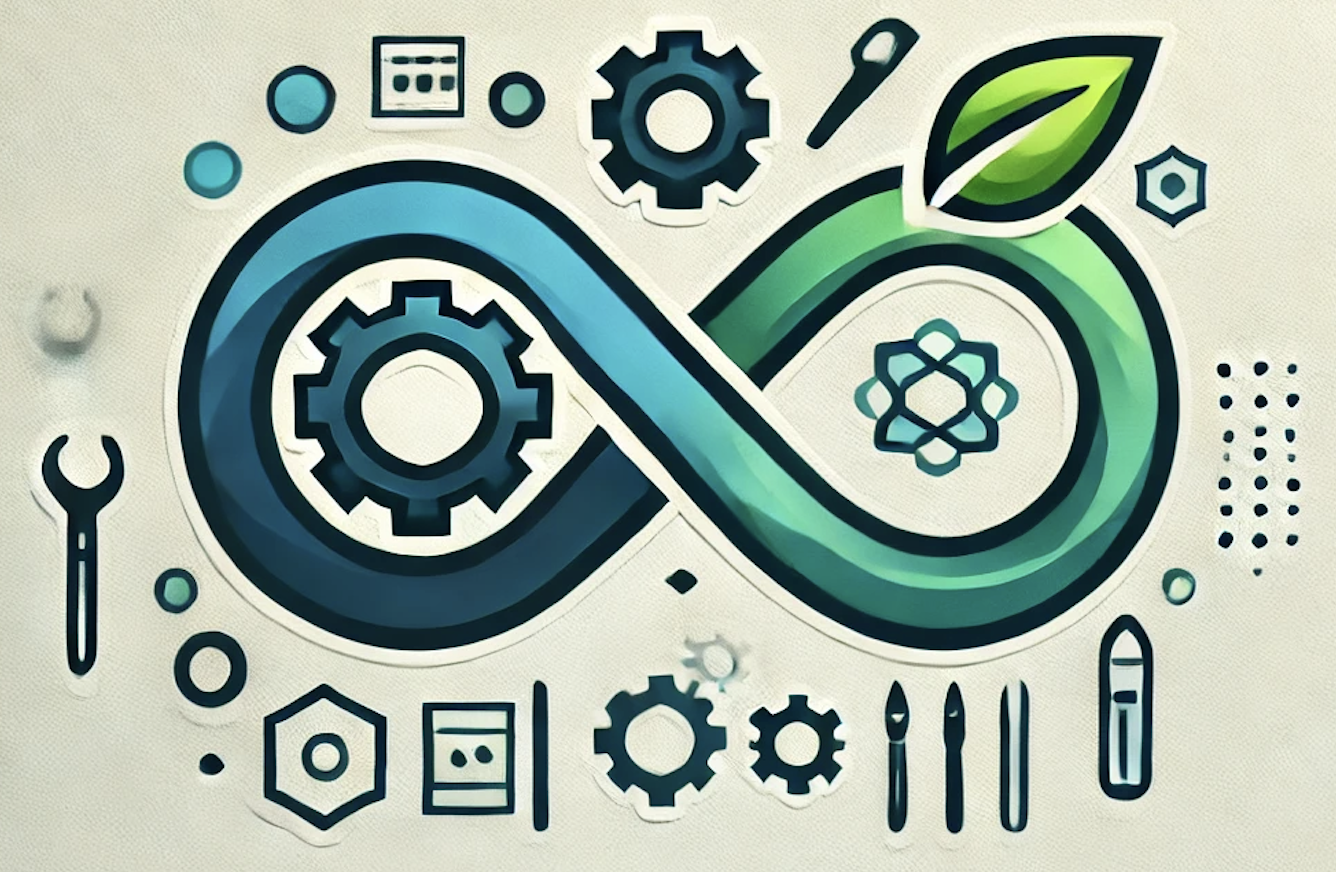Serverless Architecture and DevOps: Shaping the Future of Application Development
 DevOpshelian
DevOpshelianTable of contents
The rise of serverless architecture has significantly impacted the DevOps landscape, providing a powerful new approach to building and deploying applications. By abstracting the complexities of infrastructure management, serverless computing allows development teams to focus more on code and functionality, accelerating the delivery of high-quality software. This article explores the synergy between serverless architecture and DevOps, highlighting the benefits, challenges, and future trends that are shaping the future of application development.
What is Serverless Architecture?
Serverless architecture, also known as Function-as-a-Service (FaaS), is a cloud-computing model where the cloud provider dynamically manages the allocation and scaling of resources. Unlike traditional server-based infrastructure, serverless architecture eliminates the need for developers to provision, manage, and scale servers. Instead, developers write and deploy code in the form of functions, which are executed in response to events.
Key characteristics of serverless architecture include:
Automatic Scaling: Serverless functions automatically scale in response to demand, ensuring optimal performance without manual intervention.
Event-Driven Execution: Functions are triggered by specific events such as HTTP requests, database changes, or messaging queue updates.
Pay-As-You-Go Pricing: Organizations only pay for the compute time used by their functions, resulting in cost savings compared to traditional server-based models.
The Intersection of Serverless and DevOps
Serverless architecture complements DevOps practices in several ways:
Streamlined Deployment: Serverless architecture simplifies the deployment process by eliminating the need for server management. DevOps teams can deploy functions quickly and easily, reducing the time to market for new features and updates.
Enhanced Automation: DevOps teams can leverage serverless platforms to automate various aspects of the software development lifecycle, including testing, deployment, and monitoring. This automation reduces the potential for human error and ensures consistent, reliable releases.
Improved Collaboration: By abstracting infrastructure management, serverless architecture allows development and operations teams to collaborate more effectively. Developers can focus on writing code, while operations teams ensure that the underlying platform is secure and scalable.
Cost Efficiency: The pay-as-you-go pricing model of serverless computing aligns with DevOps goals of optimizing resource usage and reducing operational costs. Organizations can scale their applications dynamically, paying only for the resources they actually use.
Real-World Applications of Serverless in DevOps
Serverless architecture is being adopted across various industries, providing tangible benefits to DevOps teams:
Airbnb uses serverless architecture to handle image processing tasks. By deploying serverless functions that automatically scale with demand, Airbnb can efficiently process millions of images uploaded by users, improving performance and reducing costs.
Coca-Cola has implemented serverless functions to manage their inventory and supply chain operations. This has enabled the company to streamline operations, respond faster to market demands, and reduce infrastructure overhead.
Challenges of Serverless in DevOps
While serverless architecture offers many benefits, it also presents unique challenges:
Cold Starts: One of the main challenges with serverless functions is the “cold start” latency, which occurs when a function is triggered for the first time after a period of inactivity. This can lead to delays in response time, impacting user experience.
Monitoring and Debugging: Traditional monitoring and debugging tools may not be fully compatible with serverless environments. DevOps teams need to adopt specialized tools that provide visibility into serverless functions and help identify performance issues.
Security Concerns: Serverless architecture introduces new security challenges, such as the need to secure event triggers and manage permissions for each function. Organizations must implement robust security practices to protect their serverless applications from potential threats.
The Future of Serverless and DevOps
The future of serverless architecture in DevOps looks promising, with several trends poised to shape its evolution:
Increased Adoption of Multi-Cloud Strategies: Organizations are increasingly adopting multi-cloud strategies to avoid vendor lock-in and take advantage of the best features offered by different cloud providers. Serverless architecture is well-suited to multi-cloud environments, allowing DevOps teams to deploy functions across multiple platforms seamlessly.
Advancements in Tooling and Frameworks: As serverless architecture continues to mature, new tools and frameworks are emerging to simplify the development, deployment, and monitoring of serverless functions. These advancements will further enhance the efficiency and effectiveness of DevOps teams.
Integration with Edge Computing: The combination of serverless architecture and edge computing is expected to drive the next wave of innovation in DevOps. By deploying serverless functions closer to the end-user, organizations can reduce latency, improve performance, and deliver more responsive applications.
Conclusion
Serverless architecture is revolutionizing the way applications are developed and deployed, offering significant advantages to DevOps teams in terms of speed, efficiency, and cost savings. However, to fully harness the potential of serverless computing, organizations must address the associated challenges and stay abreast of emerging trends. As serverless architecture continues to evolve, it will undoubtedly play a central role in shaping the future of application development.
Subscribe to my newsletter
Read articles from DevOpshelian directly inside your inbox. Subscribe to the newsletter, and don't miss out.
Written by
